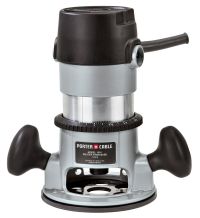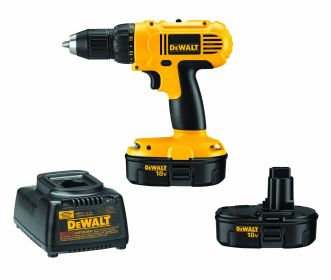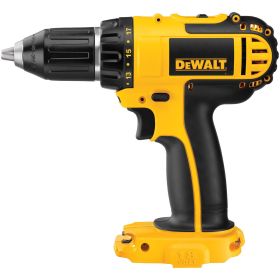The woodworking router is a very simple tool. Nowadays the word router is mostly associated with the Internet but routers have been used for a long time in woodworking. It is maybe the most versatile woodworking tool, it can do almost any kind of wood cutting and shaping.
The router is generally handheld and passed over the piece of wood but it is also possible to use the router as a stationary tool by mounting it upside down to a table. The first handheld router was invented back in 1915 and the plunge router was invented in Germany towards the end of the 1940s.

Despite that the router is a very simple tool, it is a versatile tool which can be used for a number of different tasks. Routers typically have a small motor, only one to three HP that deliver from 10,000 RPM and upwards. The motor drives a collet that can be fitted with various bits. The bit, also called cutter, determines what kind of tasks the router can perform. The motor is encapsulated in the router base. The router base has two handles so it can be operated by holding the handles and guiding the bit across the workpiece.
Routers are divided into two main groups, fixed base and plunge base routers. When you use a fixed base router, you set the depth of the cut before you start to use the router and the motor will stay the same distance from the wood during the cut. A plunge base on the other hand, allows you to alter the depth of the cut during the operation. You can lower or raise the motor in a controlled manner.
The collet of the router is similar to a drill’s chuck, it holds the round shank of the router bit. Typically, the diameter of the shank of the router bits is either a quarter of an inch or half an inch. But you can also find some router bits with 3/8 inch diameter. Router bits are generally made of high speed steel. But carbide tipped HSS bits are also used, they last 15-20 times longer than HSS bits.
Although routers are simple devices, the high speed of the motor complicates things. Drill bits for example, don’t need to be perfectly concentric, the drill speed is not fast enough to create problems. The high speed of a router on the other hand means that the slightest imbalance in the bit will make the router vibrate vociferously. Note that you also must keep the collet and its socket clean. Any sawdust, rust or grit will create problems.




